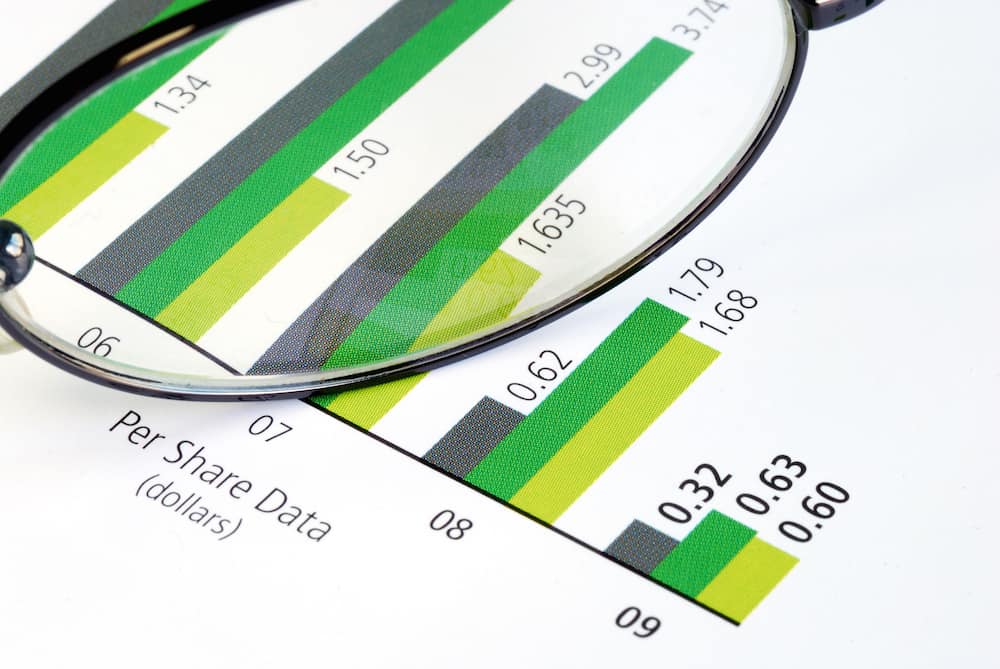Confident Investing Starts With Understanding Expectations
Smart investors seek out companies with asymmetric expectations. These are the companies for which the market and the underlying economics of a business tell two different tales: one says it’s going to flop, the other says it’s going to take off.
High returns come when you do your due diligence to find the team that everyone expects to lose, but you know will win. You already know that NOPAT, ROIC, and FCF Yield correctly point you to the companies that are going to succeed, but how can you tell which ones that the market expects to lose?
The price-to-economic book value (PEBV) compares the market value of a company to the inherent value of its business operations. Essentially, PEBV is the measure of market expectations.
What is a Company’s Stock Price Really Telling You?
Say you are thinking about investing in a company with a stock price of $50/share. After browsing a New Constructs investment research report, you discover that its economic book value is $30/share, giving it a PEBV of 1.7.
Put simply, this Price-to-Economic Book Value or PEBV ratio implies that the market values this stock more highly than the business’s intrinsic value. In this example, the market expects the company to grow. On the other hand, a company with a PEBV below 1 would be expected to shrink.
In other words, Price-to-Economic Book Value or PEBV reveals what kind of expectations are already baked into a company’s stock price.
Use PEBV to Eliminate Poor Investment Choices
Unlike the other metrics we have covered (NOPAT, ROIC, FCF Yield) PEBV does not provide any information that can be used to estimate a company’s future profitability. What PEBV does do is allow investor to avoid high-growth companies with these expectations already reflected in the company’s stock price.
By choosing investments with low market expectations (a low PEBV) and strong indicators of future profitability such as NOPAT and ROIC, you can take advantage of the very best investment opportunities: those with maximum rewards at low risk.
New Constructs reviews thousands of SEC filings, so you don’t have to. We calculate Price-to-EBV ratios for over 3,000 companies. Get access to them all by starting your membership today.

2 replies to "How to Use Price-to-Economic Book Value to Measure Market Expectations"
How do you calculate economic book value? Is it some kind of DCF that you do versus a reverse DCF of what is baked into the price by the market? This is fundamentally something we need to understand. Also, when you put stocks on most dangerous or most attractive lists you should show the adjustments you have made.
Economic Book Value is the perpetuity value of current cash flows assuming zero growth. You can see the details of our calculation here:
https://www.newconstructs.com/education-economic-book-value/